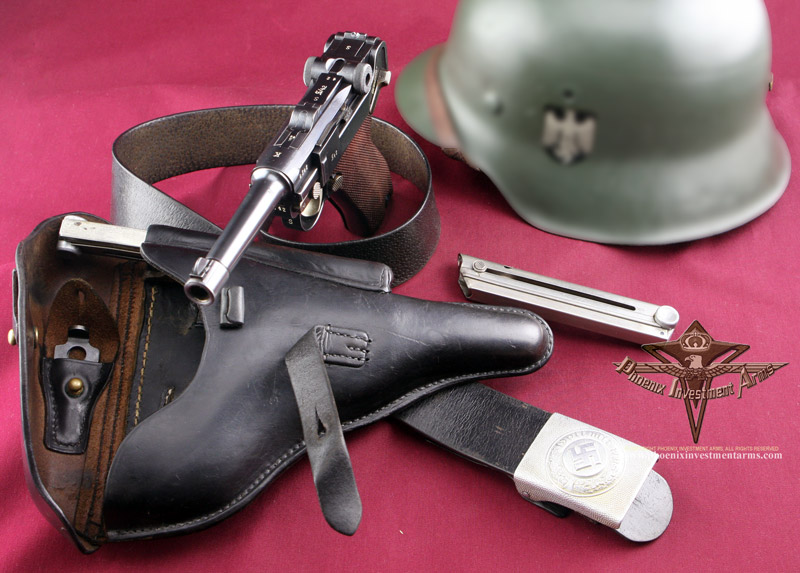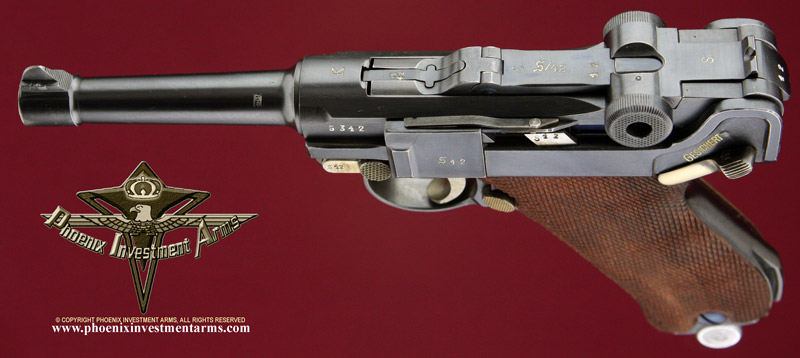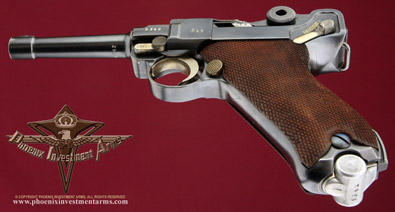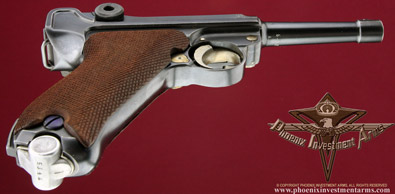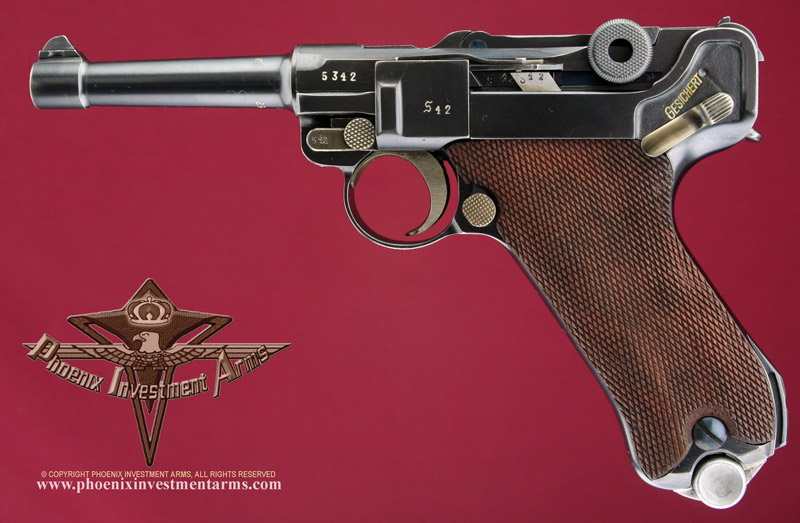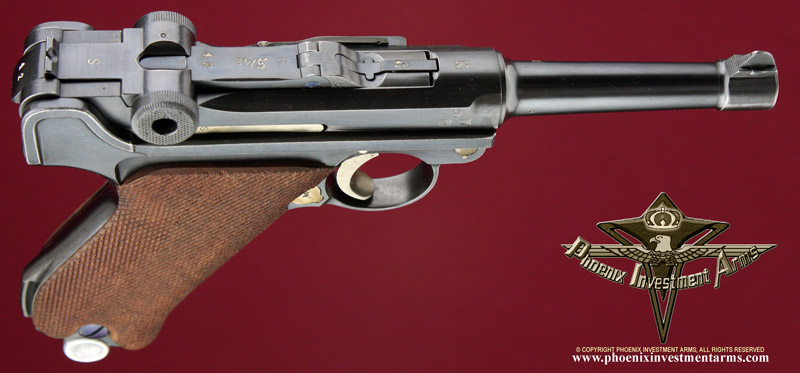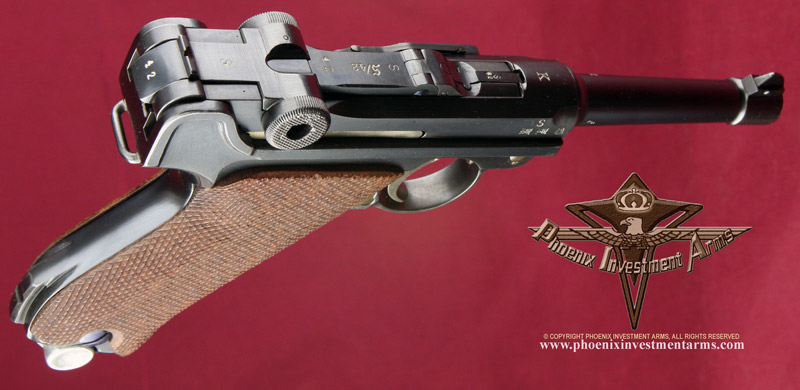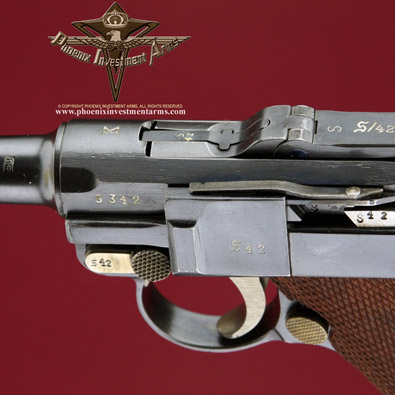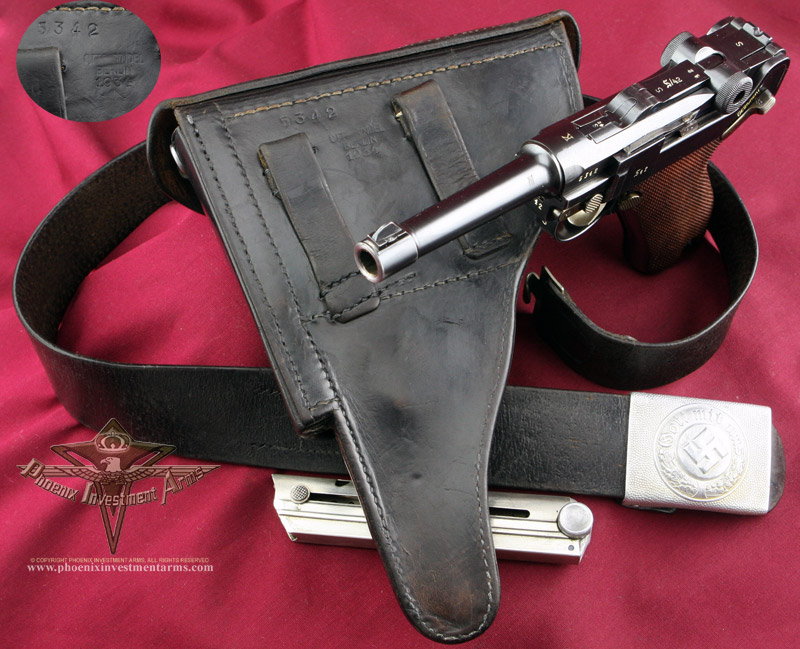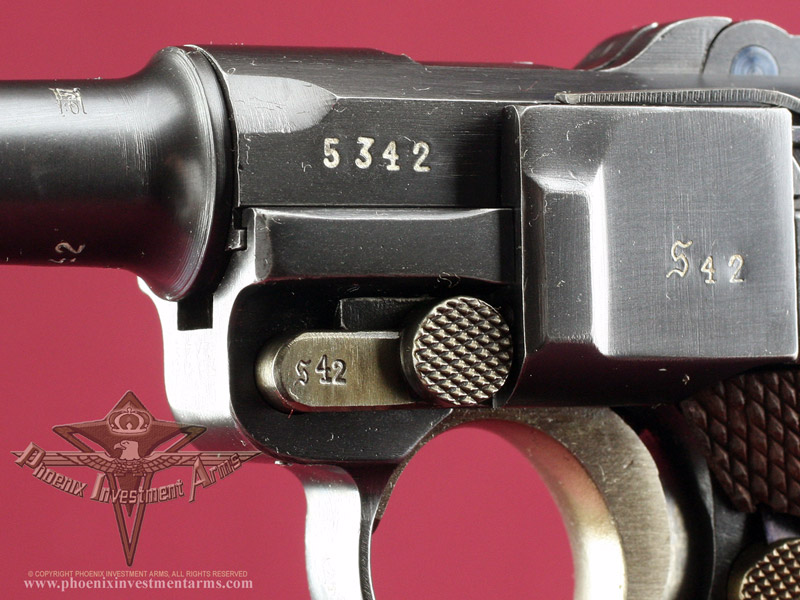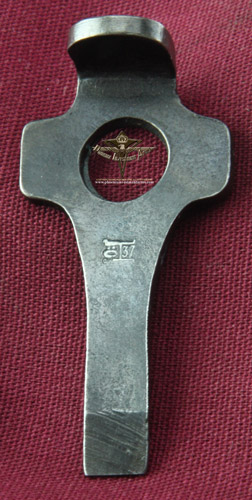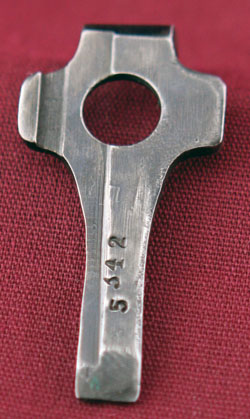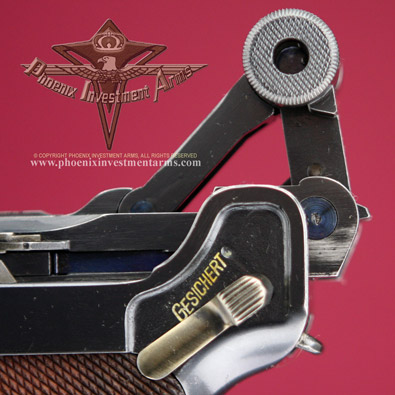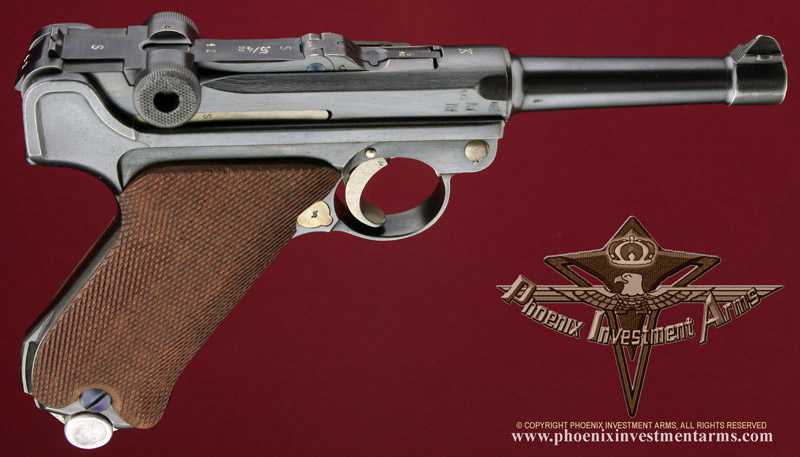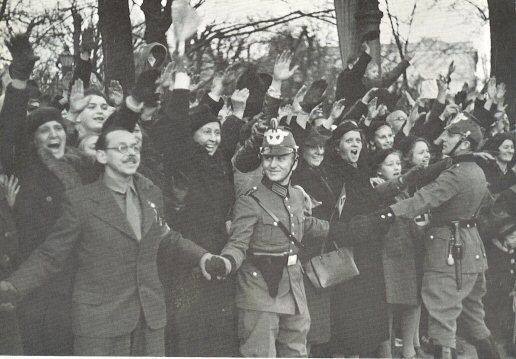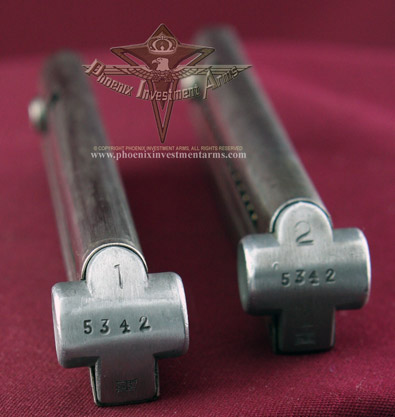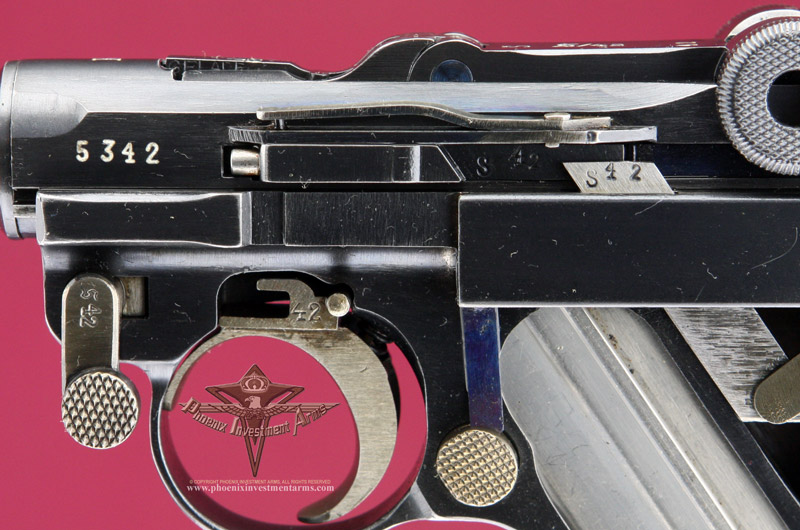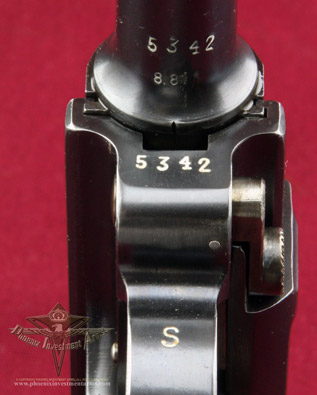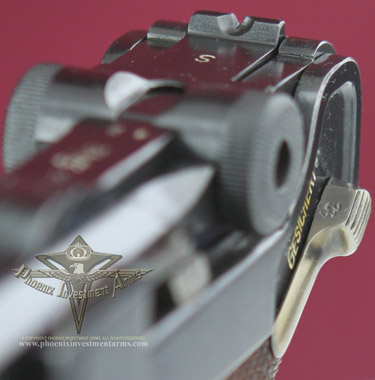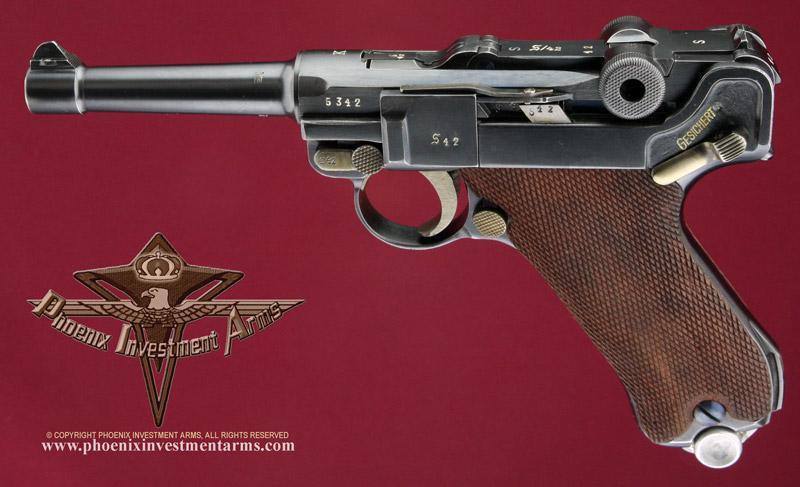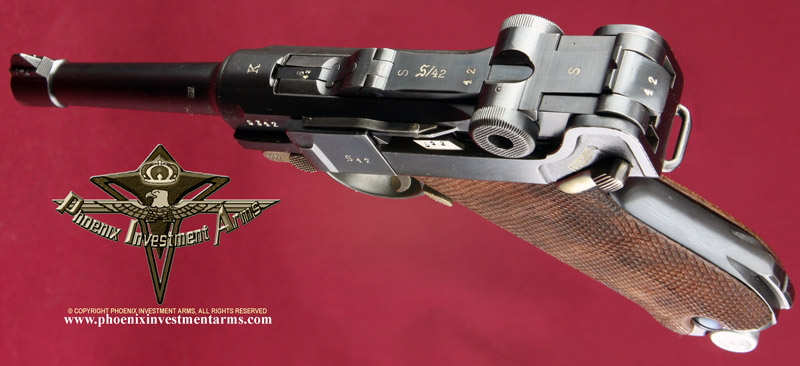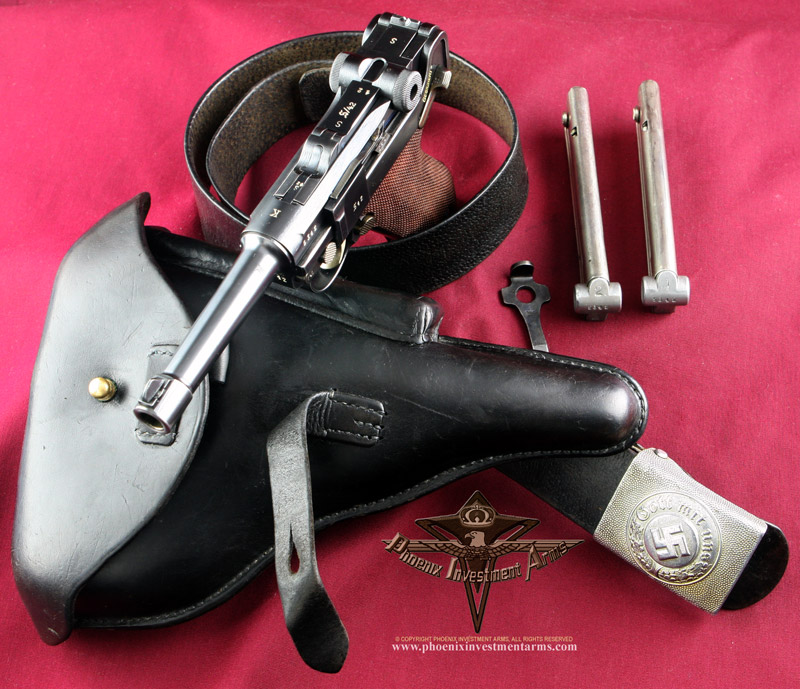|
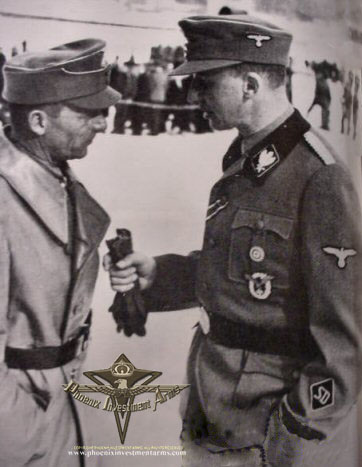
The chief of the SD was Reinhard Heydrick who reported
directly to Heinrich Himmler.
Note the SD patch on the left sleeve of Heydrick.
The SD was one of the oldest security
organizations of the SS and was first formed in 1931 as the Ic-Dienst,
operating out of a single apartment. Both
the SD and the Gestapo were effectively under the control of
Heinrich Himmler
as Chief of the German Police, but Kripo kept a level of independence,
as its structure was longer-established. |
The Sicherheitsdienst
(SD, Security Service) was primarily the
intelligence
service of the
SS
and the
NSDAP.
The organization was the first
Nazi Party
intelligence organization to be established and was often considered a
"sister organization" with the
Gestapo,
which the SS had infiltrated heavily after 1934. Between
1933
and
1939,
the SD was administered as an independent SS office, after which it was
transferred to the authority of the
Reich Security
Head Office (Reichs-sicherheitshauptamt,
or
RSHA),
as one of its five offices.
The SD was tasked with the
detection of actual or potential enemies of the Nazi leadership and the
neutralization of this opposition. To fulfill this task, the SD created
an organization of agents and informants throughout the Reich and later
throughout the occupied territories. The organization consisted of a few
hundred full-time agents and several thousand informants. The SD was
mainly the information-gathering agency, and the
Gestapo,
and to a degree the
Kriminalpolizei,
was the executive agency of the political police system.
|
|
Serial number placement is in the military ("exposed") style.
The serial number appears on the front of the frame, on the side of the
locking bolt, on the trigger, on the bottom of the barrel, the side plate,
the left side of the receiver, the safety bar, the sear bar, the rear
connecting pin, and on the extractor. |
|
Hermann Göring as
the Interior Minister of Prussia issued a degree on Feb 22, 1933 raising
an Auxiliary Police (Hilfspolizei HIPS) from members of the SA & SS made
up of volunteers from the Prussian SA & SS and Stahlhelm and reached a
strength of 50,000.
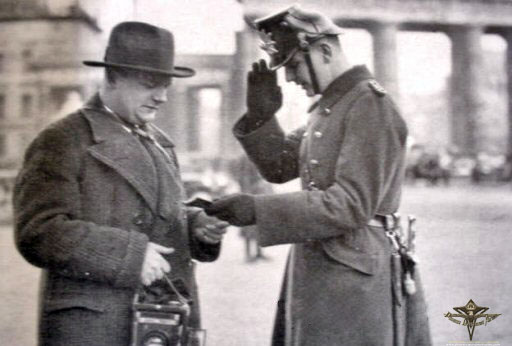
Here a Berlin Polizei is checking on a
photographer's papers.
Right: The early
police magazines were made rolled steel and this
one is also proofed with the early Mauser 37 code which displayed on the magazine
the receiver and the loading tool.
Itself a fantastic collectors dream.
|
 |
